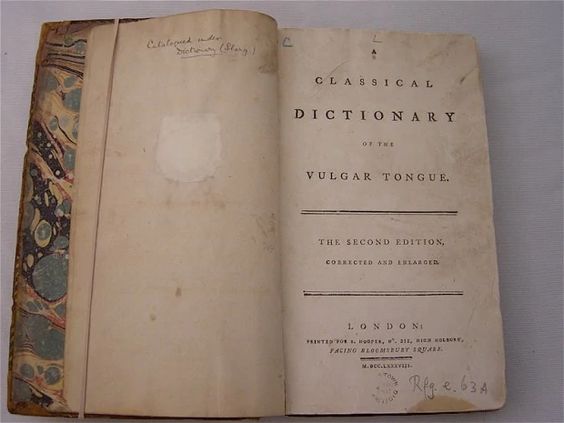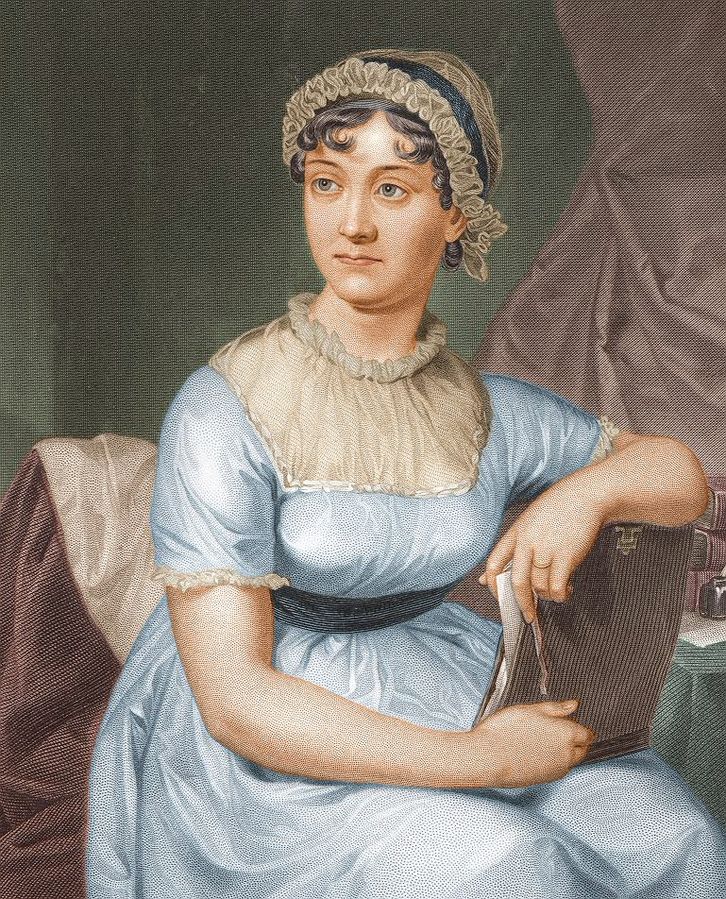Dictionaries

Yvette’s hobby of collecting slang is a bit out there, but it’s feasible. Regency women loved wordplay. If you read or saw the adaptation of Jane Austen’s Emma, you may remember Emma and Harriet collecting riddles and charades (word-puzzles) for a book. And slang dictionaries were more common than one would think. Captain Grose really did produce A Classical Dictionary of the Vulgar Tongue, and Pierce Egan really did have a book called Boxiana, with references to boxing slang. What’s more, one of the earliest female lexicographers I could find, Anna Brownlow Murphy, wrote a children’s dictionary that was published in 1814 and widely used in the Regency. It appeared in multiple editions. So why not a female lexicographer who collects slang?



